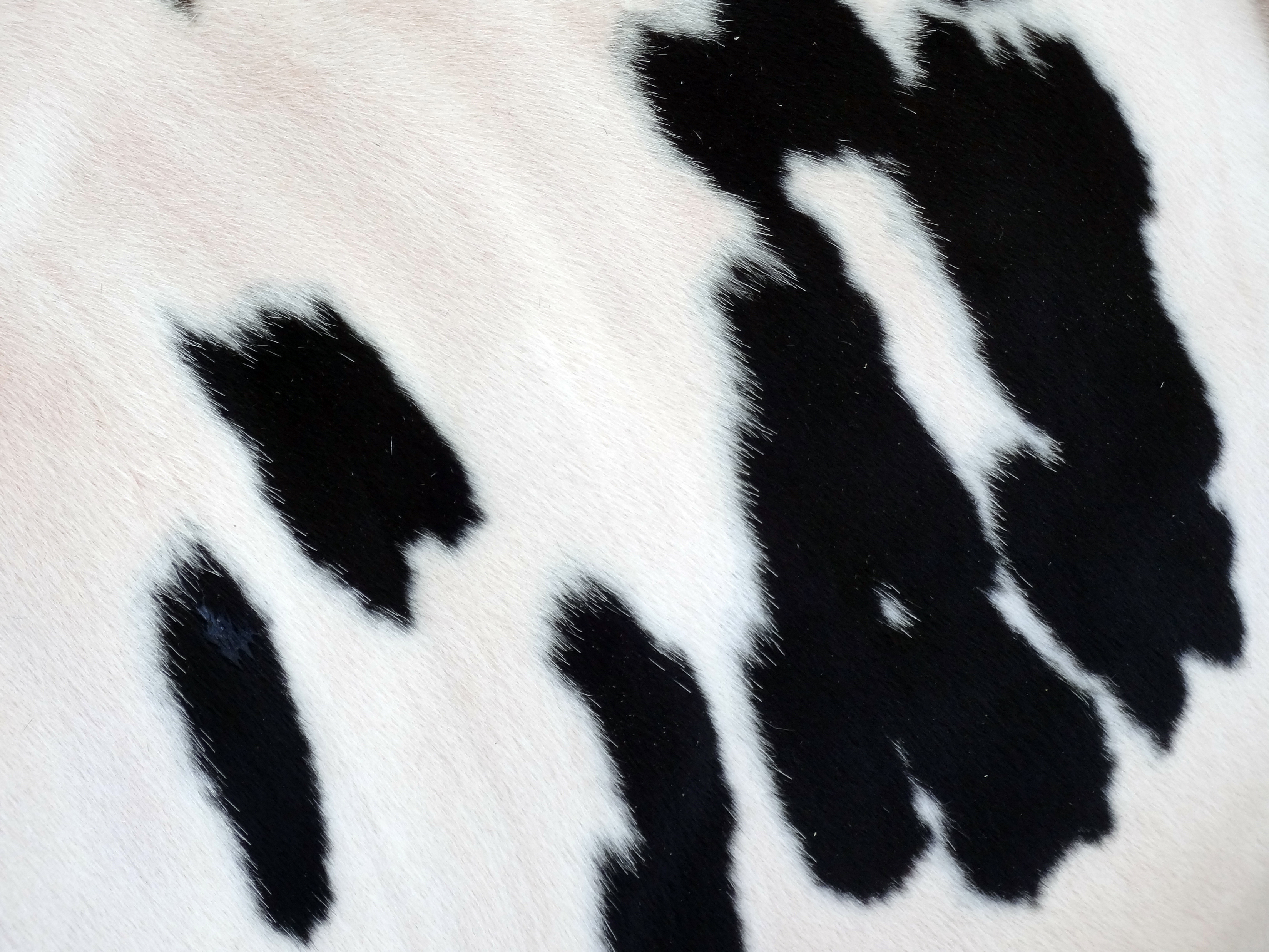Abstract
Co-supplementation of methyl donors may lower hepatic lipid content in transition cows. To define the ability of methyl donor supplementation (MDS) to reduce hepatic lipid content and modify the plasma lipidome, 30 multiparous Holstein cows (2.04 ± 0.69 lactations; 689 ± 58 kg of body weight; 3.48 ± 0.10 units of body condition score) were fed a ration with or without rumen-protected methyl donors (22 g/d of Met, 10 g/d of choline chloride, 3 g/d of betaine, 96 mg/d of riboflavin, and 1.4 mg/d of vitamin B12) from d −28 before expected calving through d 14 postpartum. Cows were randomly enrolled based on predefined selection criteria (body condition score and parity).
Base diets without MDS were formulated for gestation (15.4% crude protein with a predicted Lys-to-Met ratio of 3.25; 1.44 Mcal of net energy for lactation/kg of dry matter) and lactation (16.6% crude protein with a predicted Lys-to-Met ratio of 3.36; 1.64 Mcal of net energy for lactation/kg of dry matter). Blood sampling occurred from d −28 relative to expected calving through d 14 postpartum. Liver tissue was biopsied at d −28 relative to expected calving and on d 5 and 14 postpartum. In addition to routine analyses, serum AA concentrations on d 10 and 12 were quantified using mass spectrometry. Plasma triacylglycerol (TAG) and cholesteryl esters (CE) were qualitatively measured using time-of-flight mass spectrometry. Data were analyzed using a mixed model with repeated measures.
Dry matter intake and milk yield were not modified by MDS. The transition from d −28 relative to expected parturition to d 14 postpartum was characterized by increased plasma fatty acid (0.15 to 0.71 mmol/L) and β-hydroxybutyrate (0.34 to 0.43 mmol/L) levels and liver lipid content (3.91 to 9.16%). Methyl donor supplementation increased the serum Met level by 26% and decreased the serum Lys-to-Met ratio by 21% on d 10 and 12, respectively. Moreover, the increase in hepatic lipid content from d 5 through 14 postpartum was suppressed with MDS relative to control (3.57 vs. −0.29%). Dietary MDS modified the TAG and CE lipidome. For example, MDS increased plasma TAG 46:3 (carbon number:double bond) by 116% relative to control cows on d 5 postpartum. Moreover, MDS tended to increase plasma CE 34:6. In contrast, MDS lowered plasma TAG 54:8 by 39% relative to control cows on d 5 postpartum.
We concluded that in the absence of gains in dry matter intake and milk and milk protein yields, dietary MDS slows the progression of hepatic lipid accumulation and modifies the plasma TAG lipidome in transition cows.For more information: marketing@vetagro.comRead the full text here.









